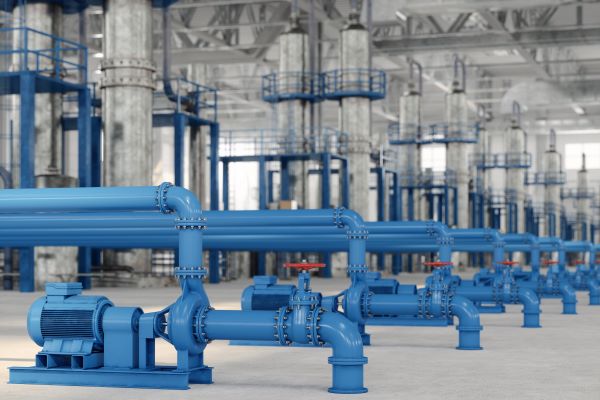Bases and Application of Piping Flexibility Analysis to ASME B31 Codes (In-Person)
Course Type:
Course Number:
Language:
This interactive, two-day course provides a thorough insight into the history and bases for the rules for piping design - including ASME B31.1 and B31.3.
{{activeProduct.Title}}

This course is not currently available.
This product is offered through an ASME partner.
Please complete your transaction through their site
Course Not Available
Thank you for your interest in this course. To be notified of future availability, please provide your information.

Get papers online in the ASME Digital Collection

Find eBooks, journals, and proceedings papers
Subscribe to RSS feeds
Sign up for content alerts
View calls for papers
Sorry, we only have available spots for this course. Would you like to add those to your cart?

